Introduction
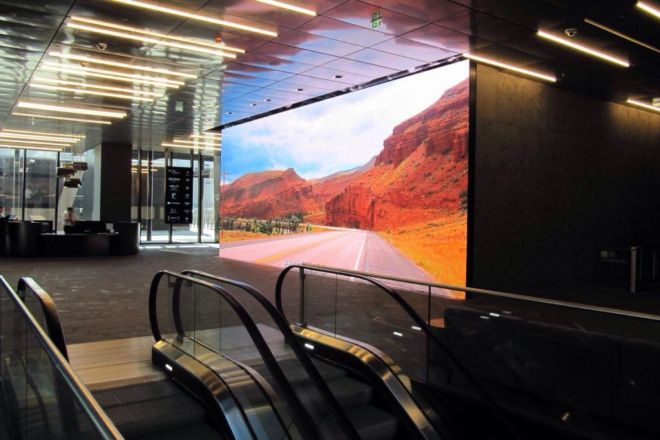
Avec le développement continu de la science et de la technologie, DIRIGÉ video walls, as an advanced display technology, have been widely used in many fields such as business, education, entertainment, sports, and government.
In different application scenarios, LED video walls show significant differences in parameters, models, and functions. These differences not only reflect the diversity of LED video wall technology but also reflect the different needs for display technology in different application scenarios.
Therefore, an in-depth understanding of the differences between LED video walls in various application scenarios is of great significance for selecting suitable LED video wall products.
1. Differences in LED video wall parameters in various application scenarios
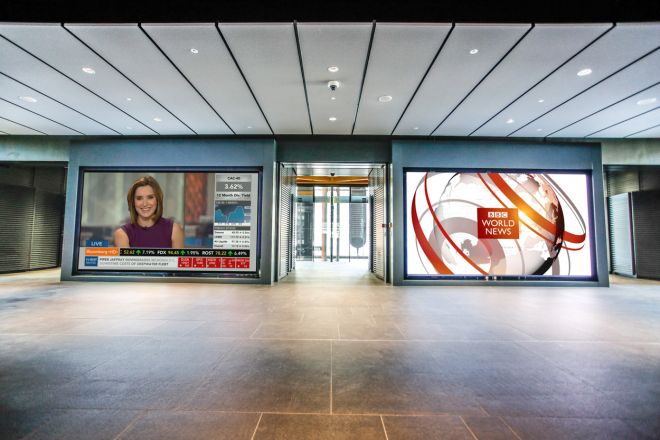
As a modern display device, LED video wall has significantly different parameter characteristics in different application scenarios. These parameters not only determine the display effect of the video wall but are also directly related to its applicability and practicality in various fields.
- Résolution and pixel density
Resolution and pixel density are key indicators to measure the display effect of LED video walls. In commercial applications, LED video walls usually pursue high definition to display detailed and realistic pictures to attract customers’ attention.
Therefore, LED video walls in commercial places often adopt high-resolution and high-pixel density configurations to ensure clear and detailed images.
In comparison, educational applications have relatively modest resolution and pixel density requirements. LED video walls in educational places are mainly used to display teaching content and courseware, so there is no need to pursue high resolution and high pixel density.
Moderate resolution and pixel density can not only meet teaching needs but also control costs and optimize cost performance.
In entertainment and sports applications, LED video walls need to present more stunning visual effects. Therefore, ultra-high resolution and large pixel density become standard for such applications.
The settings of these parameters can ensure that the picture is more delicate and realistic, giving the audience an immersive visual experience.
Government applications pay more attention to the clear display of information. Therefore, the resolution and pixel density of LED video walls need to meet certain standards to ensure the accuracy and readability of information.
At the same time, government applications also need to consider factors such as viewing distance and viewing angle to ensure that viewers in different locations can clearly see the content on the screen.
- Screen size and ratio
Screen size and ratio are also important factors affecting the display effect of LED video walls. In commercial and entertainment applications, in order to create more stunning visual effects, large-size, wide-screen LED video walls have become the first choice.
These large-sized screens can attract customers’ attention and enhance brand image. At the same time, the wide-screen design can also bring a wider field of view and an immersive viewing experience.
In education and government applications, moderate-sized LED video walls are more common due to space and budget constraints. These screens can not only meet the needs of daily teaching and government information disclosure but also avoid the visual fatigue and cost pressure caused by overly large screens.
In addition, LED video walls in different application scenarios also need to consider the issue of screen ratio. For example, when playing a movie or a video in a specific format, you need to choose a screen ratio that matches it to ensure the integrity and beauty of the picture.
- Luminosité and Contrast
Brightness and contrast are key factors that affect the viewing effect of LED video walls. In outdoor applications, due to interference from direct sunlight and ambient light, LED video walls need to have higher brightness to ensure that the picture is still clearly visible under strong light.
At the same time, high contrast can enhance the layering and three-dimensionality of the picture, making the picture more vivid and realistic.
In indoor applications, since the light conditions are relatively good, the brightness of the LED video wall can be set moderately. Excessively high brightness may cause viewers to feel glare or discomfort, affecting the viewing experience.
Therefore, in indoor applications, brightness and contrast need to be adjusted according to the specific environment, and viewing needs to achieve the best visual effect.
2. Selection of LED video wall models in various application scenarios
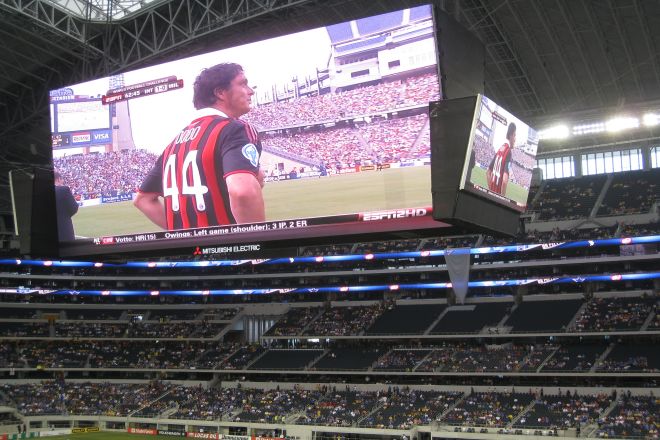
The selection of LED video wall models is crucial to meet the needs of different application scenarios. Different models of video walls have their own advantages in terms of stability, performance, cost-effectiveness, and ease of maintenance. Therefore, the selection needs to be comprehensively considered based on the characteristics of the specific application scenario.
- Business and entertainment applications
Commercial and entertainment venues often need to display high-definition, dynamic video content to attract customers’ attention. Therefore, in these application scenarios, it is recommended to choose high-end models of LED video walls.
These high-end models are often manufactured with advanced technology and high-quality materials, with excellent stability and high performance, ensuring stable operation for a long time while presenting more detailed and realistic picture effects.
In addition, high-end models of LED video walls usually support a variety of video formats and playback methods, which can easily meet the diverse display needs of commercial and entertainment venues.
For example, through functions such as split-screen display and rolling subtitles, multiple promotional images or information can be displayed at the same time to improve the efficiency of information dissemination.
- Education and Government Applications
Education and government applications pay more attention to cost-effectiveness and ease of maintenance. In these scenarios, LED video walls are mainly used to display teaching content, announcement information, or government propaganda, and there is no need to pursue high-end performance and special effects.
Therefore, it is more appropriate to choose a model that is cost-effective and easy to maintain.
These models of LED video walls typically have moderate resolution and pixel density to meet basic display needs. At the same time, they also have high reliability and stability, ensuring long-term stable operation without frequent maintenance.
In addition, some models also provide a simple operation interface and remote management functions to facilitate users’ daily management and maintenance.
- Des sports application
In sports applications, LED video walls usually need to have features such as high refresh rates, large screen sizes, and wide viewing angles to meet the viewing needs of large venues. Therefore, when choosing an LED video wall for sports applications, you should pay attention to the performance of these aspects.
The high refresh rate LED video wall can ensure smooth and smear-free images, bringing a more realistic viewing experience to the audience. The large size and wide viewing angle design ensure that viewers can clearly see the content on the screen no matter where they are in the venue.
In addition, LED video walls for sports applications also need to have high brightness and contrast to cope with viewing needs in outdoor environments or under strong light.
3. Differences in LED video wall functions in various application scenarios
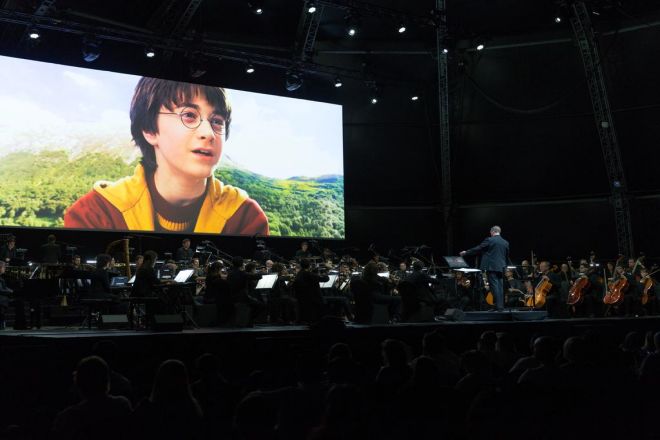
LED video walls also have unique functions in different situations.
In commercial applications, LED video walls mainly play the role of presenters. It can support video and picture playback in multiple formats, allowing businesses to fully display their creativity and promotional content.
At the same time, the scheduled power on and off function also helps merchants realize automated display management and improve efficiency.
In educational settings, LED video walls play more of a role in assisting teaching. It can support courseware playback, making the teaching content more intuitive and vivid. In addition, interactive functions such as touch screens also enable students to participate more actively in-class learning.
In the fields of entertainment and sports, LED video walls have demonstrated their powerful real-time and multi-image processing capabilities. It can broadcast live games or performances in real-time, giving viewers an immersive viewing experience.
At the same time, the multi-screen split function allows viewers to watch multiple images from different angles or content, enriching the viewing experience.
In government applications, LED video walls mainly play the role of information transmission. It can support functions such as information release and rolling subtitles, allowing government information to be conveyed to citizens quickly and accurately, improving the openness and transparency of government information.
In addition, LED video walls in different application scenarios are also different in terms of control systems and connection methods. In high-end application scenarios, video walls usually use intelligent control systems to support remote control and real-time monitoring, making management more convenient and efficient.
In basic application scenarios, the video wall uses a simple and practical control system to meet daily needs.
In general, LED video walls have different functional performances in different application scenarios, but they can all bring better experiences and effects to each scenario.
4. How to choose an LED video wall that suits your usage scenario
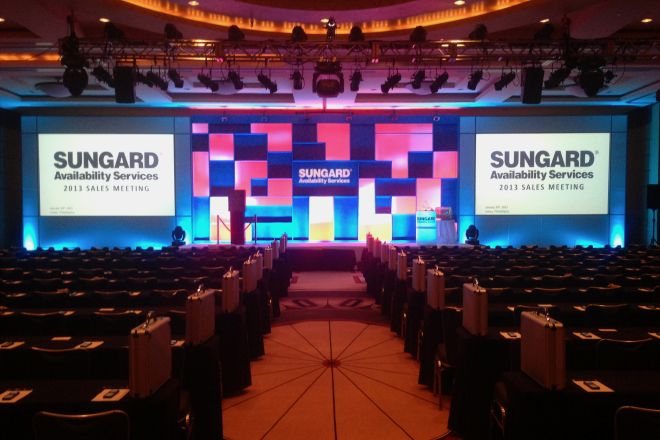
When choosing an LED video wall that suits your usage scenario, you need to consider a number of factors to ensure it can meet your specific needs. Here are some key steps and suggestions to help you make an informed choice:
- Clarify usage scenarios and requirements
First of all, you need to clarify what kind of scene the LED video wall will be used for. Is it a business exhibition, education, and training, entertainment and sports, or a government meeting? Different scenarios have different functional, size, and performance requirements for video walls.
For example, business presentations may require high definition and rich color performance, while educational training may focus more on interactivity and ease of operation.
- Determine screen size and resolution
Depending on the usage scenario, it is crucial to choose the appropriate screen size and resolution. Screen size should take into account viewing distance and installation space to ensure that viewers can clearly see screen content. Resolution determines the clarity and detail of the image. Choosing a high-resolution LED video wall can bring a better visual experience.
- Consider brightness and contrast
Brightness and contrast are key factors that affect the display effect of a video wall. If your usage scene is dark, you can choose a video wall with lower brightness to save energy, while in a brightly lit environment, you need to choose a video wall with high brightness to ensure that the content is clearly visible.
Contrast affects the layering and three-dimensionality of images. Choosing a high-contrast video wall can bring a more realistic picture effect.
- Consider viewing angle and viewing distance
Different LED video walls differ in viewing angles and viewing distances. If you want viewers to be able to view your video wall content from multiple angles, choose a product with a wide viewing angle.
At the same time, the appropriate viewing distance based on the installation location and the distance from the audience must be determined to ensure that the audience can watch comfortably.
- Consider durability and maintenance costs
The durability and maintenance costs of LED video walls are also factors to consider in the selection process. Choosing products with good durability can ensure long-term use without frequent replacement. At the same time, understanding the maintenance costs, including the cost of replacing light bulbs, cleaning screens, etc., can help you make more economical choices.
- Consider cost budget
Finally, the cost budget is also an important factor to consider when choosing an LED video wall. The prices of LED video walls of different brands, models, and configurations vary greatly, and you need to choose according to your own budget range. Find cost-effective products that fit your needs and are within your budget.
Conclusion
When choosing an LED video wall, comprehensive considerations must be made based on the needs of the actual application scenario. Appropriate parameters, models, and functions can not only meet current needs but also facilitate future expansion and upgrades.
If you would like to know more details about LED video walls, veuillez nous contacter.
